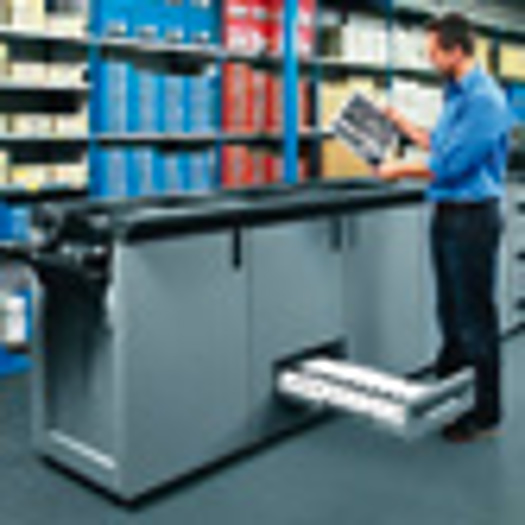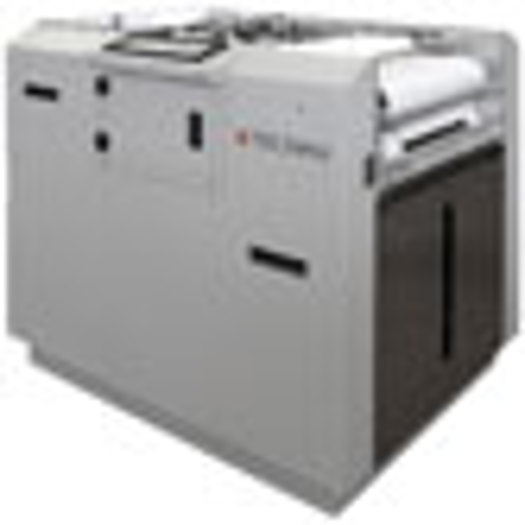Colour digital production may well be growing more quickly, but monochrome still comfortably retains the lion’s share of the digital market. According to InfoTrends, for every colour digital page produced in Europe in 2009, six were produced in mono.
"Mono digital production continues to play a key role, complementing the continued growth of colour," says Xerox UK product marketing manager Malcolm Glynn.
Glynn believes further opportunities for growth in mono digital printing lie in book publishing. "This is due to improvements in speed and quality with mono digital presses," he explains.
There are also a number of market drivers encouraging book printers to invest in digital machines, claims Kodak EAMER digital printing marketing director Erwin Busselot. "Run lengths are going down, but these run lengths typically remain too high for a xerographic engine, so a high-volume inkjet device is the answer to what they need," he says.
And then there is the demand for ever-faster turnaround times. "Litho printers have two options – overprint and store the extras, or react by printing on demand," he says.
"Clearly, a digital device is much faster and more flexible in responding to these needs, and mono devices in particular serve as an ideal market entry point because most can easily be upgraded to full colour in time," Busselot adds.
When it comes to direct mail, it’s fair to say colour production now dominates. It’s been driven in part by a move to re-engineer document workflow to take advantage of so-called ‘white paper solutions’, so eliminating the need for pre-printed litho colour shells. The printing costs might be higher than litho, but they are significantly outweighed by dramatic reductions in waste and inventory storage.
Transpromo opportunity
However, some argue that mono digital presses are still a cost-effective way of personalising pre-printed stock, especially when part of an internet or SMS DM campaign.
"Money can be saved by using white paper space for mono marketing communications and transpromo applications in the same way as it can for colour work," says Glynn. "And thanks to the high quality of digital, it is possible to have an impact with marketing messages printed in mono."
When purchasing any digital press, printers should think about productivity, throughput, reliability, workflow and quality of finished product, suggests Océ UK production printing national sales manager Ed Hudson.
"While many devices offer significant monthly and peak-duty cycles, the small print should always be checked to see if the device will maintain optimum production rates over five or six years," he adds.
WHAT'S NEW IN... HIGH-VOLUME MONO DIGITAL PRESSES
• In November, West Sussex-based Pro-Active Business Information signed up for a Ricoh 907EX on the back of increased demand for fully personalised, highly targeted, cross-media communications. The mono engine can print up to 90ppm at a resolution of 1,200dpi
• Digital printer Repropoint installed two Xerox Nuvera 120EA mono machines in September, enabling the firm to compete for high-volume mono jobs such as manuals
• Kodak unveiled its new Prosper range of digital presses at Ipex in May, including the mono Prosper 1000, a 648mm-wide perfecting press that can run at speeds of up to 200m per minute. The 1000 uses Kodak’s Stream inkjet technology, which it claims improves print quality and durability
• Cornish book printer MPG Books snapped up two Océ VarioPrint 6320s at Ipex. MPG Books managing director Tony Chard says the £500,000 investment was in response to a "substantial explosion" in the demand for ultra-short-run books
Have your say in the Printweek Poll
Related stories
Latest comments
"Very insightful Stern.
My analysis?
Squeaky bum time!"
"But in April there was an article with the Headline "Landa boosts top team as it scales up to meet market demand", where they said they came out of last year’s Drupa with a burgeoning order..."
"Yep. Tracked is king."
Up next...

Print services required
Trio of new tenders up for grabs

Greater automation and ease-of-use
Konica Minolta enhances AccurioPress C7100 series

Energy savings and wider gamut
Wilmot-Budgen takes first LED Onset

Weekly one million mark






